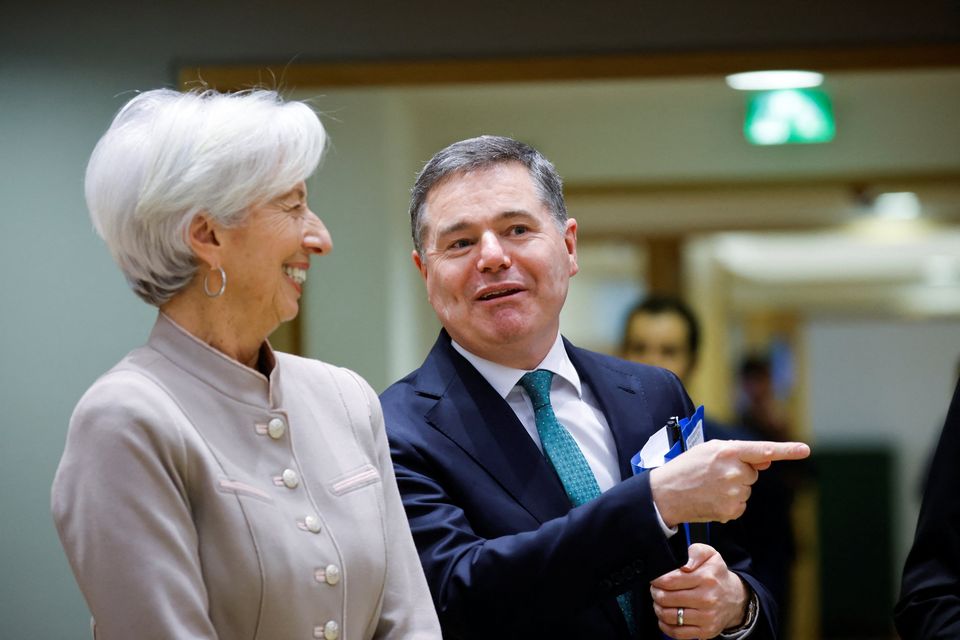Numbers revealed as Brussels warns Ireland must broaden its tax base to sustain the public finances
While the number of taxpayer units earning enough to be liable for the standard rate will be just over 2.2 million, an estimated 1.06 million of these, or 30pc, will not pay anything because their liability is fully covered by their tax credits.
Another 256,600 taxpayer units, or 7pc of the total, are exempt from income tax. The statistics, contained in an answer by Finance Minister Paschal Donohoe to a Dáil question, means 37pc of earners will pay no income tax this year.
In an annual report on the Irish economy, published yesterday, the European Commission emphasised the need to reduce the risks created by the high concentration of tax revenue among a relatively small number of payers.
Ireland should broaden its tax base, given the reliance on relatively few foreign-owned multinationals, and there is particular scope for expanding the local property charge, the commission says.
“Ireland’s labour-tax system is highly progressive, but it relies on a narrow tax base,” according to the report, which says the top 10pc of taxpayers accounted for approximately 60pc of the tax yield in 2022.
Today’s News in 90 seconds – 5th June 2025
This concentration of revenue means the tax base is vulnerable to economic shifts. Ireland’s labour-tax revenues are well below the EU average, and “to cope with high projected budget expenses, diversification in Ireland’s public revenue structure is warranted”, the report says.
Ireland’s share of labour taxes as a proportion of GDP is not even half the EU average, and remains below the EU average when adjusted to GNI*, a measure of economic activity that takes out the distorting effect of multinationals.
There is also scope to expand the local property charge, since the revenue collected – which was 1.8pc of GNI* in 2022 – is also below the EU average, which was 2.1pc that year.
On the spending side, the European Commission calls on Ireland to “reinforce” defence spending in line with decisions reached by the European Council in March.
The report points out that spending on defence in Ireland remained stable at 0.2pc of GDP between 2021 and 2023. According to its forecast, it will remain at this level for both last year and this year. This means there has been no change in four years.
As the healthcare system is overly reliant on costly hospital care, exacerbated by the lack of universal primary care coverage, there is scope for reform to alleviate the strain on hospitals
The commission says there are still concerns about the impact that spending by the healthcare system is having on fiscal sustainability. The ageing of the population is going to mean an increase in health spending of 1.5pc of GDP by 2070, while across the EU the average increase is projected to be 0.4pc.
“As the healthcare system is overly reliant on costly hospital care, exacerbated by the lack of universal primary care coverage, there is scope for reform to alleviate the strain on hospitals,” the report says.
Given the heightened political uncertainty, Ireland’s dependence on foreign multinationals needs to be looked at, and the European Commission warns there is an “urgent need” to build a more resilient, innovation-driven domestic economy.
It points out that spending on research and development (R&D) in Ireland is at one of the lowest rates in the EU, accounting for just 0.4pc of GNI*. This has led to a noticeable technology innovation gap between Irish SMEs and their counterparts in comparable European countries.
“Boosting R&D expenditure and providing targeted Research and Innovation (R&I) support could help boost SME productivity,” it says.
This article was edited at 9.50am on June 5 to correct an error in the headline
source
